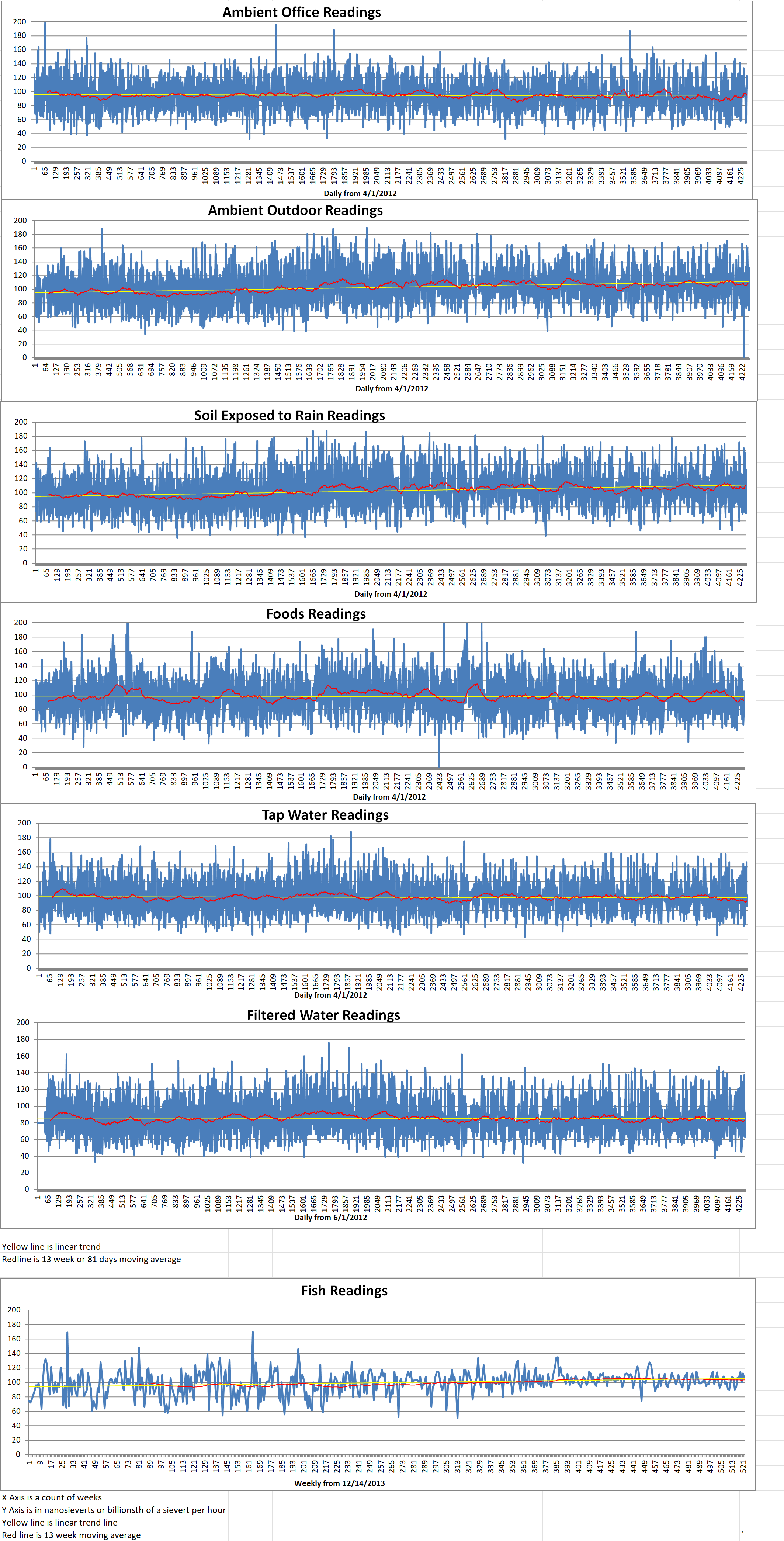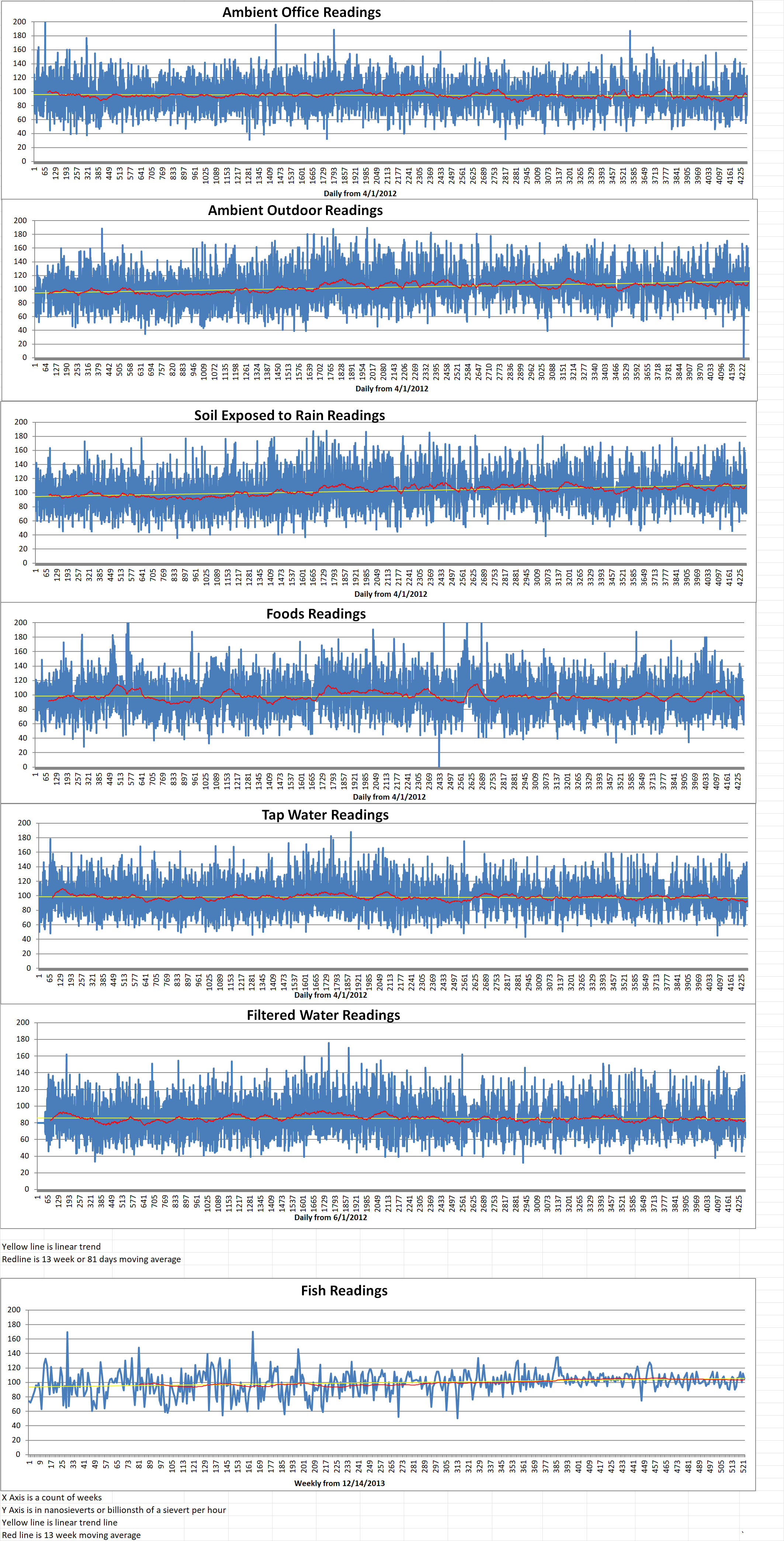Part 1 of 3 Parts
The Army Science Board in September finished work on a report titled, “An Independent Assessment of the Army’s Ability to Fight and Win on a Nuclear Battlefield.”
The conclusions of the report were not revealed to the public and are available to read only on classified networks. However, listening to a handful of government experts at a recent presentation who did have access to the report, its overall conclusions are alarming.
Craig Campbell is the principal director in the Office of the Deputy Assistant Secretary of Defense for Threat Reduction and Arms Control. He said that if a nuclear fight did break out overseas in regions such as Europe or the Indo-Pacific, it would be a terrible day for U.S. forces.
Campbell said, “We may be able to operate in the United States, but we would not be able to operate in Eucom, Indo-Pacom or any other combatant commands. We would fail. That’s where we’re at.” He made these remarks at the spring meeting of the National Defense Industrial Association’s Chemical, Biological, Radiological and Nuclear Division.
He continued, “We have gaps that are much broader and gaps that span the breadth of the … environment from doctrine, operations to materiel.”
Russia’s leader Vladimir Putin has repeatedly brought up the possible use of tactical nuclear weapons.
Retired Army Brig. Gen. William King IV, NDIA’s CBRN Division chair, said, “I don’t think you can pass a day in the news where you’re not listening to Russia talking about repositioning capability and potentially using new tactical nuclear weapons — or what today is called nonstrategic nuclear weapons — talking about it almost as if it’s commonplace.”
The last two U.S. Defense Department Nuclear Posture Reviews have acknowledged the increased threat of nuclear warfare and recommended more training and readiness, but King has not seen any of that come to fruition.
King said, “I haven’t seen that dramatic increase. In fact, my sources are telling me there have been probably less than a handful of [trainings] over the last two [Nuclear Posture Reviews]. So, we really don’t know what we don’t know.” King is also a senior fellow and principal director at Booz Allen Hamilton.”
King added, “We’re no longer at a point of risk in this mission space. We’re actually gambling in this mission space because of a lack of knowledge and awareness, lack of education, lack of readiness and preparation.”
The National Guard has a mandate to deal with the aftermath of a nuclear detonation or accident in the United States. It has been the lone voice in the military advocating for new equipment over the past two decades, panelists noted. However, the National Guard and its Weapons of Mass Destruction Civil Support Teams are not intended to operate outside of U.S. territory.
Campbell said U.S. soldiers overseas must have the ability to operate, survive and prevail in a radiological-nuclear environment. They must be able to protect themselves, detect and identify threats, then mitigate or provide consequence management. And this must be done all the way from the “forward leading edge” with remote sensors, overhead sensors and include reach back to the U.S. “And it has to be networked and interoperable with a multitude of systems,” Campbell added.
In order to help achieve that, the office established a new radiological and nuclear defense capabilities development program. The new program has a budget of five million dollars a year. These funds will help transition research-and-development projects funded by the Defense Threat Reduction Agency to the field.
Please read Part 2 next






